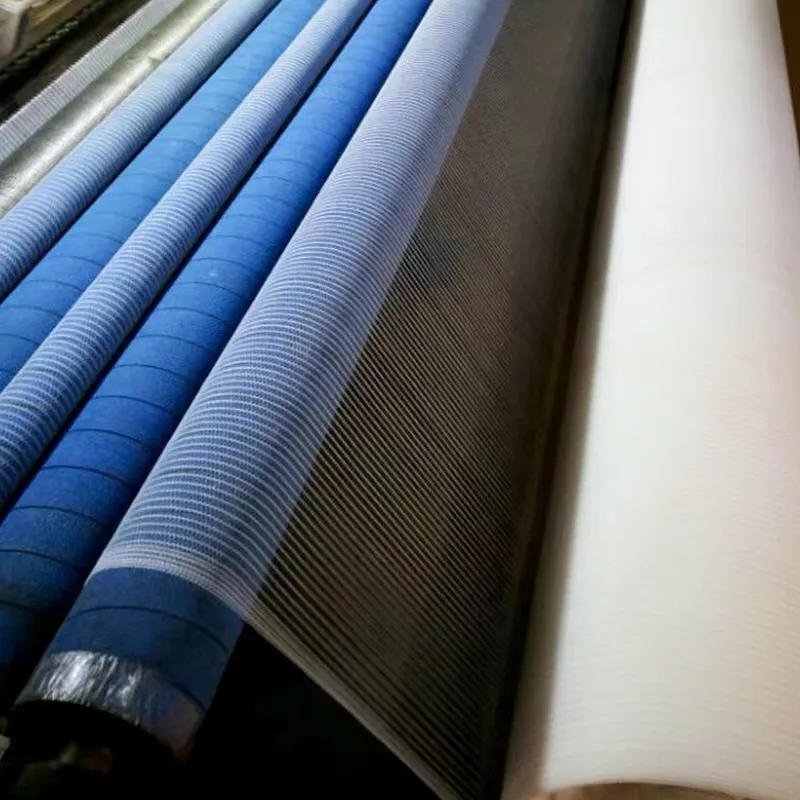Effective Insect Barrier Solutions for Sustainable Agriculture and Crop Protection
The Importance of Agricultural Insect Netting in Modern Farming
In recent years, the agricultural sector has increasingly turned to innovative solutions to enhance crop protection and yield. One such solution gaining traction is agricultural insect netting. This method offers a physical barrier against pests while allowing essential elements like sunlight, rain, and air to permeate crops. As farming practices evolve, understanding the benefits and applications of insect netting is crucial for sustainable agriculture.
Agricultural insect netting is typically made from fine mesh materials that can effectively exclude various insect pests without the use of harmful chemicals. This is vital in a time when the global demand for organic produce is steadily rising. Conventional insecticides can pose risks to both the environment and human health. By utilizing insect netting, farmers can reduce their reliance on these chemicals, promoting a healthier ecosystem and producing safer food for consumers.
One of the primary benefits of using insect netting is its ability to protect crops from a range of pests such as aphids, whiteflies, and fruit flies. These pests can cause significant damage by feeding on plants or spreading diseases. Insect netting provides a physical barrier, preventing these pests from accessing the crops, which in turn reduces the incidence of damage and increases crop yields. This protective measure can be particularly beneficial for high-value crops like fruits and vegetables, where quality and appearance are paramount.
agricultural insect netting

In addition to pest control, insect netting can also help regulate microclimates around the crops. By providing shade and retaining moisture, the netting can moderate temperature fluctuations, reducing heat stress in plants during hot weather. This microclimate management can enhance plant growth, leading to better overall health and productivity. Farmers may find that crops under insect netting not only yield more but also develop stronger resistance to disease.
Another significant advantage of agricultural insect netting is its versatility. The netting can be tailored to fit various types of crops and growing systems, including open fields, greenhouses, and tunnels. This adaptability allows farmers to implement netting in diverse agricultural contexts, promoting more extensive adoption across different regions and crops.
Moreover, insect netting can contribute to sustainable farming practices. Traditional pest control methods often lead to the development of pesticide-resistant pest populations, creating a cycle that requires ever-stronger chemicals. By reducing reliance on chemical inputs, insect netting helps combat this issue and can stimulate a more balanced ecosystem where natural predators can thrive. This, in turn, supports biodiversity, which is crucial for resilient agricultural systems.
In conclusion, agricultural insect netting presents a promising solution for modern farming challenges. By offering a sustainable and effective way to protect crops from pests while enhancing plant health, it aligns with the growing demand for organic and environmentally friendly farming practices. As agriculture continues to face pressures from climate change and increasing pest incidences, the widespread adoption of insect netting could be key to achieving resilient and productive farming systems in the years to come. Embracing such innovative practices will not only benefit farmers but will ultimately lead to healthier food systems for all.
-
The Versatility of Stainless Steel Wire MeshNewsNov.01,2024
-
The Role and Types of Sun Shade SolutionsNewsNov.01,2024
-
Safeguard Your Space with Effective Bird Protection SolutionsNewsNov.01,2024
-
Protect Your Garden with Innovative Insect-Proof SolutionsNewsNov.01,2024
-
Innovative Solutions for Construction NeedsNewsNov.01,2024
-
Effective Bird Control Solutions for Every NeedNewsNov.01,2024












